Author: Marshall Schott
In general, lager beer is known for emphasizing malt and occasionally even hops while any yeast derived character is kept to a minimum. Over the years, various lager strains have been made commercially available to brewers, affording us the ability to tweak our beers to the specs we so desire. Noted by Fermentis as being the most popular lager strain in the world sourced from the famed Weihenstephaner Institute, Saflager W-34/70 is used by breweries 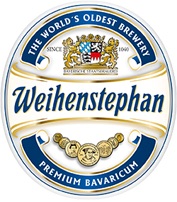 the world over to craft delicious lager styles. It’s a strain I’ve developed quite a fondness for over the last few years, finding it to be incredibly versatile and easy to use. Perhaps due my affection for W-34/70 and otherwise biased tendency toward liquid yeast, I only recently heard of another dry lager yeast offering from Fermentis that goes by Saflager S-189.
the world over to craft delicious lager styles. It’s a strain I’ve developed quite a fondness for over the last few years, finding it to be incredibly versatile and easy to use. Perhaps due my affection for W-34/70 and otherwise biased tendency toward liquid yeast, I only recently heard of another dry lager yeast offering from Fermentis that goes by Saflager S-189.
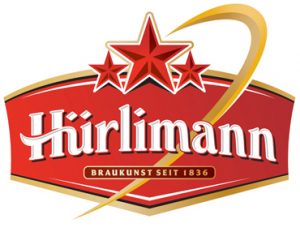 According to the manufacturer, S-189 was sourced from the Hürlimann Brewery out of Zürich, Switzerland. Brewing a wide array of classic lager styles such as Helles, Festbier, and Bock, Hürlimann was founded in 1836 by Albert Hürlimann who, at least according to a mostly reliable source, led the world in the scientific study of yeast, a fact that made using S-189 all the more interesting to me. Would yeasts from different sources used to make similar styles of beer in different regions demonstrate differences in fermentation characteristics or potentially produce their own unique character?
According to the manufacturer, S-189 was sourced from the Hürlimann Brewery out of Zürich, Switzerland. Brewing a wide array of classic lager styles such as Helles, Festbier, and Bock, Hürlimann was founded in 1836 by Albert Hürlimann who, at least according to a mostly reliable source, led the world in the scientific study of yeast, a fact that made using S-189 all the more interesting to me. Would yeasts from different sources used to make similar styles of beer in different regions demonstrate differences in fermentation characteristics or potentially produce their own unique character?
| PURPOSE |
To evaluate the differences between Saflager W-34/70 and Saflager S-189 lager yeasts when used to ferment a split batch of the same wort.
| METHODS |
Since these were lager strains and I didn’t want anything getting in the way of the character each might impart, I decided to brew my simple Vienna Lager for this xBmt.
My Simple Vienna Lager
Recipe Details
| Batch Size | Boil Time | IBU | SRM | Est. OG | Est. FG | ABV |
|---|---|---|---|---|---|---|
| 5.5 gal | 60 min | 22.2 IBUs | 9.7 SRM | 1.053 | 1.012 | 5.3 % |
| Actuals | 1.053 | 1.01 | 5.6 % | |||
Fermentables
| Name | Amount | % |
|---|---|---|
| Vienna Malt (Weyermann) | 10 lbs | 96.97 |
| Pale Chocolate Malt | 5 oz | 3.03 |
Hops
| Name | Amount | Time | Use | Form | Alpha % |
|---|---|---|---|---|---|
| Hallertauer Mittelfrueh | 43 g | 60 min | Boil | Pellet | 3.7 |
| Hallertauer Mittelfrueh | 15 g | 15 min | Boil | Pellet | 3.7 |
Yeast
| Name | Lab | Attenuation | Temperature |
|---|---|---|---|
| SafLager German Lager (S-189) | DCL/Fermentis | 73% | 48°F - 56°F |
| Saflager Lager (W-34/70) | DCL/Fermentis | 75% | 48°F - 59°F |
Notes
| Water Profile: Ca 75 | Mg 1 | Na 10 | SO4 84 | Cl 70 | pH 5.5 |
Download
| Download this recipe's BeerXML file |
Opting for the 10 gallon no sparge method, my brew day began with the collection of water, which I adjusted with minerals to achieve my desired profile before putting it over the flame to heat to strike temperature.
As the water was heating up, I weighed out and milled the grains.
When the brewing liquor was slightly warmer than strike temperature, I transferred it to my mash tun for a 5 minute preheat then stirred in the grist to hit the target mash temperature.
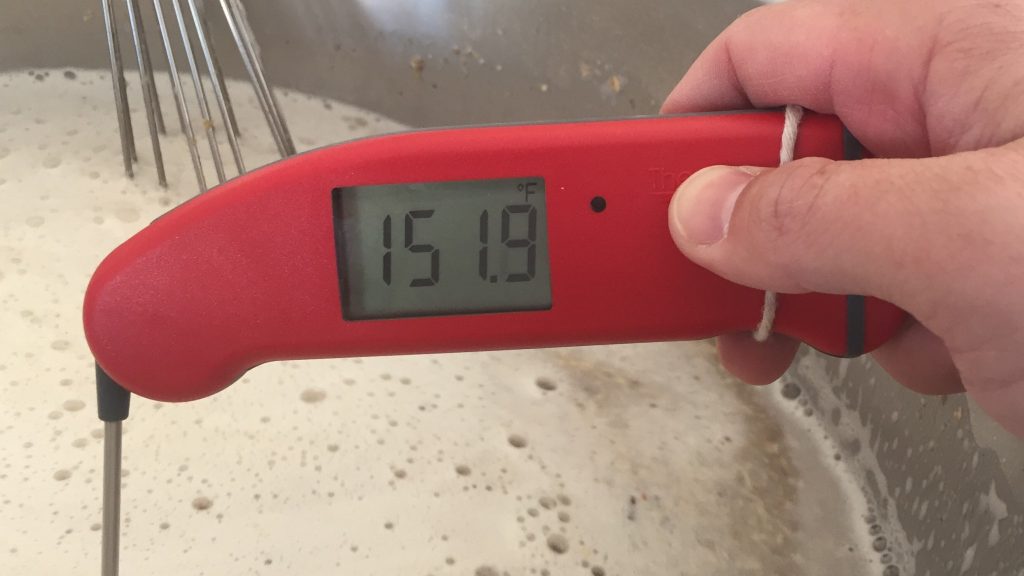
The mash was left to rest for 45 minutes before I began collecting the sweet wort.
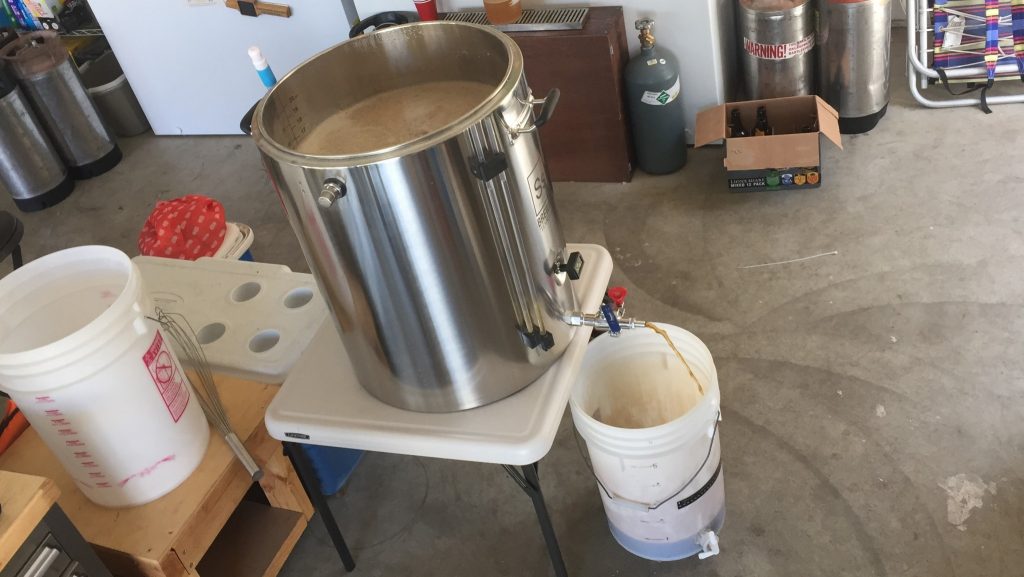
Once the full volume of wort was collected and transferred to my kettle, I brought it up to a boil and let roll for an hour, adding hops at the times stated in the recipe.
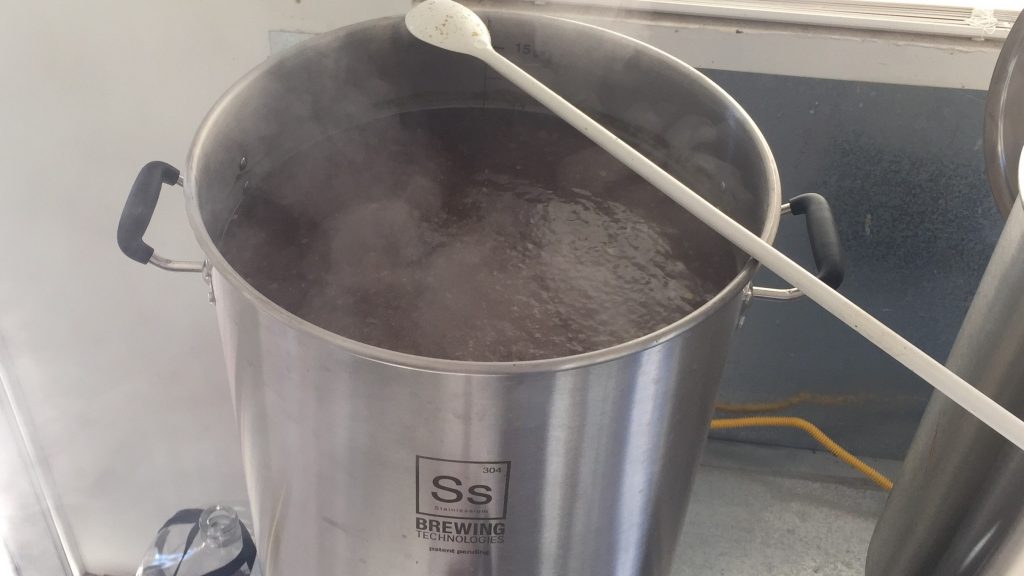
With the boil complete, I quickly chilled the wort to 73˚F/23˚C, which was slightly warmer than my groundwater temperature.
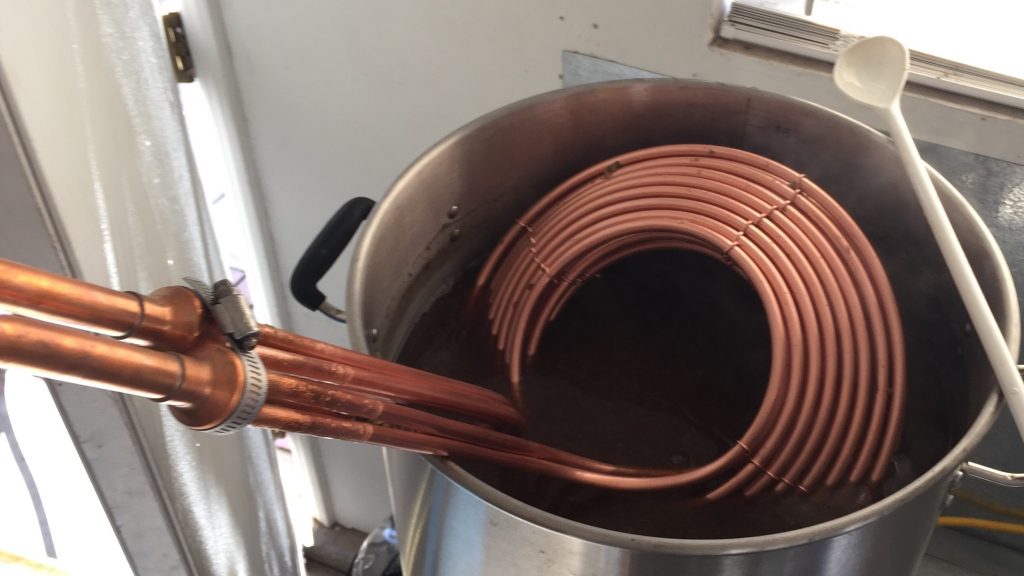
A refractometer reading at this time showed the wort had precisely hit the OG predicted by BeerSmith.
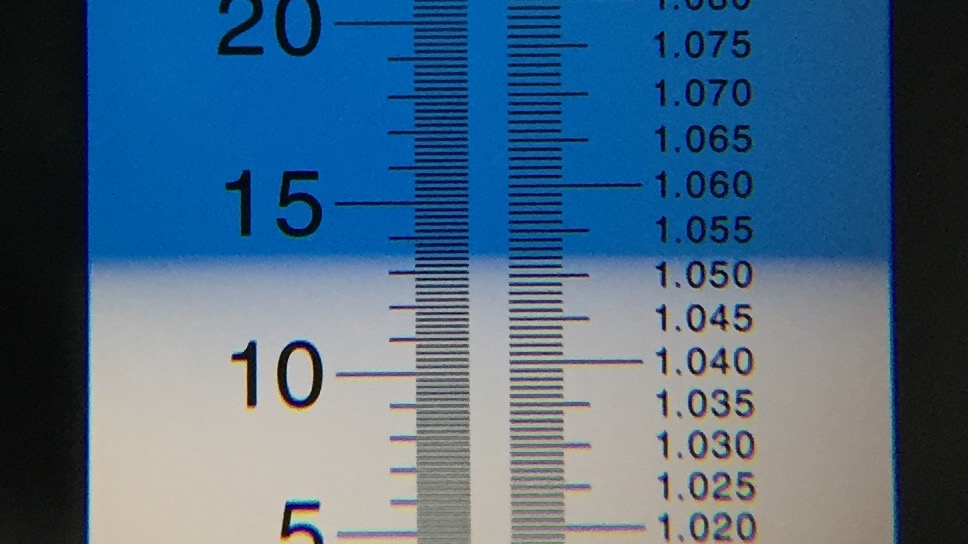
I proceeded to transfer equal amounts of wort to separate fermentors, stirring gently throughout to ensure equal distribution of kettle trub. The fermentors were then placed in my cool chamber and allowed to finish chilling to my target fermentation temperature of 50˚F/10˚C. It took about 6 hours for both batches of wort to stabilize at my desired temperature, after which I rehydrated 2 packets of either yeast in separate mason jars then pitched. I noticed airlock activity in both the following morning, each appearing to ferment similarly from that point onward.
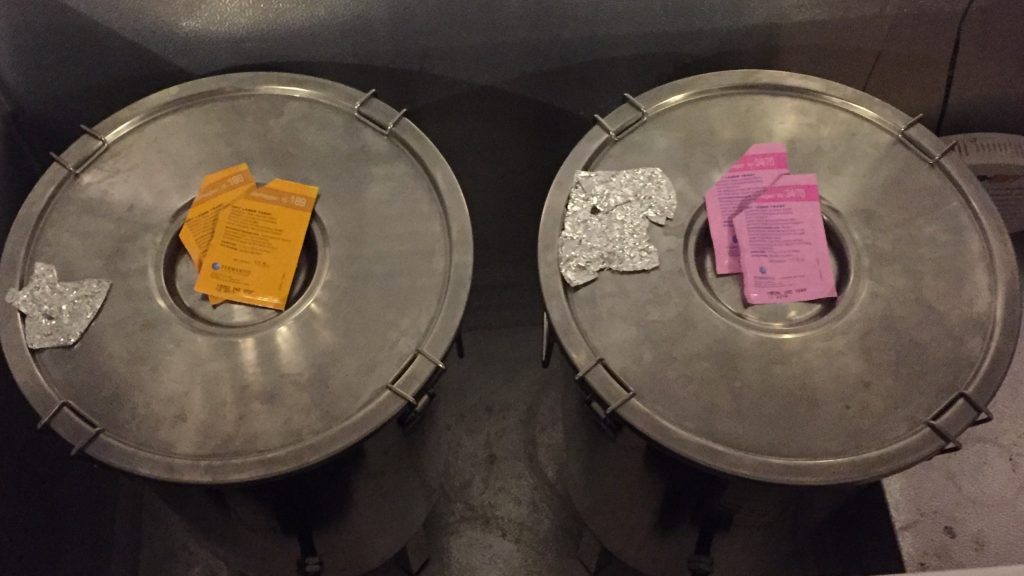
After 6 days of active fermentation, I began ramping the chamber temperature up from 50˚F/10˚C to 68˚F/20˚C in increments of 5˚F/3˚C per day over the course of the following 4 days. While fermentation appeared complete at this point, I let the beers hangout a few more days at this warmer temperature to ensure complete attenuation and clean-up undesirable byproducts. At just over a month from brew day, I took hydrometer measurements that confirmed the same FG was reached on both batches.
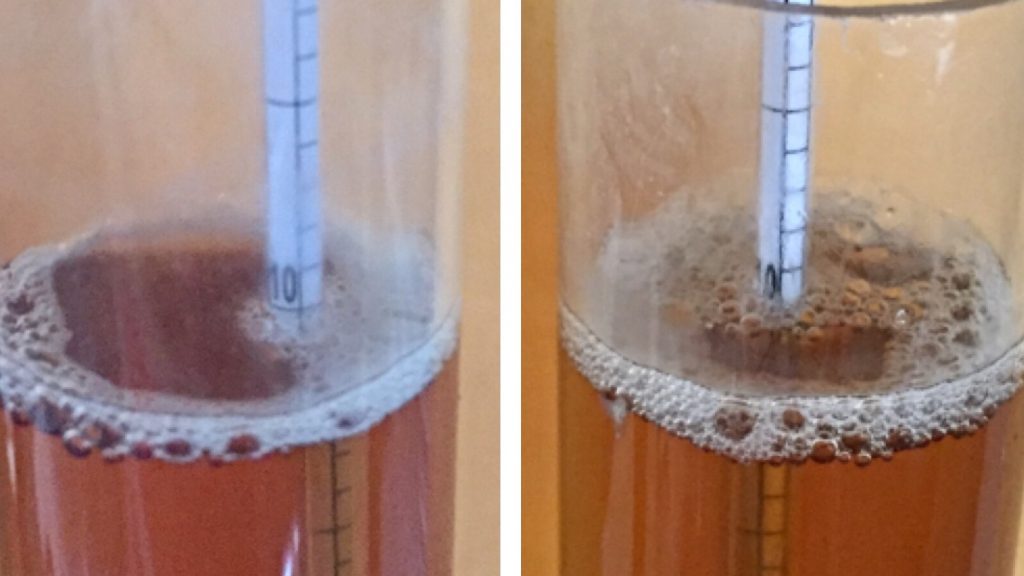
The beers were cold crashed to 32˚F/0˚C, fined with gelatin, and left to lager in fermentors for another week before I transferred them to kegs.
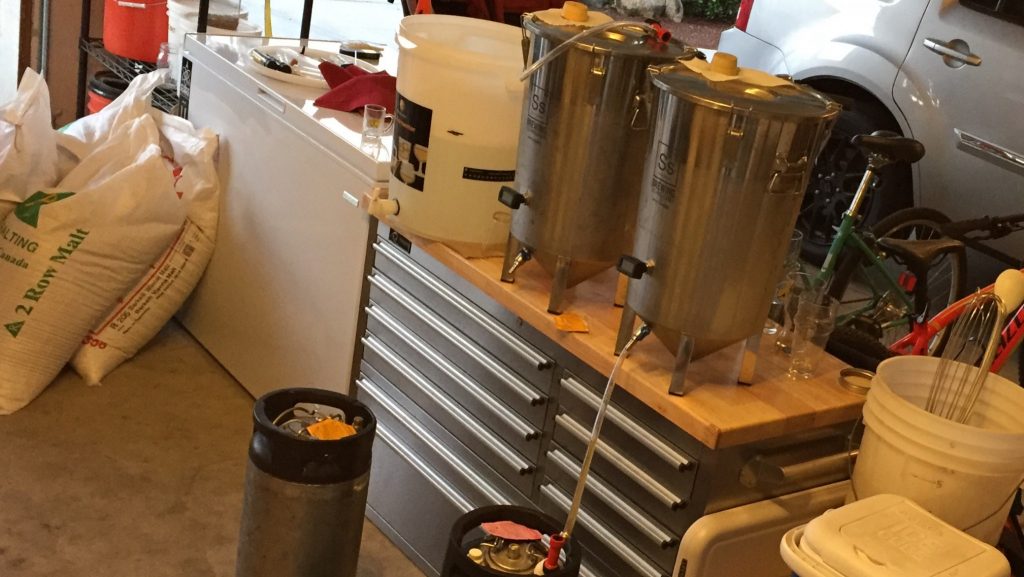
I placed the filled kegs in my cold keezer where they were burst carbonated at 40 psi for 18 hours before I reduced the gas to serving pressure and let them lager another 3 weeks before collecting data, at which point both were crystal clear and nicely carbonated.
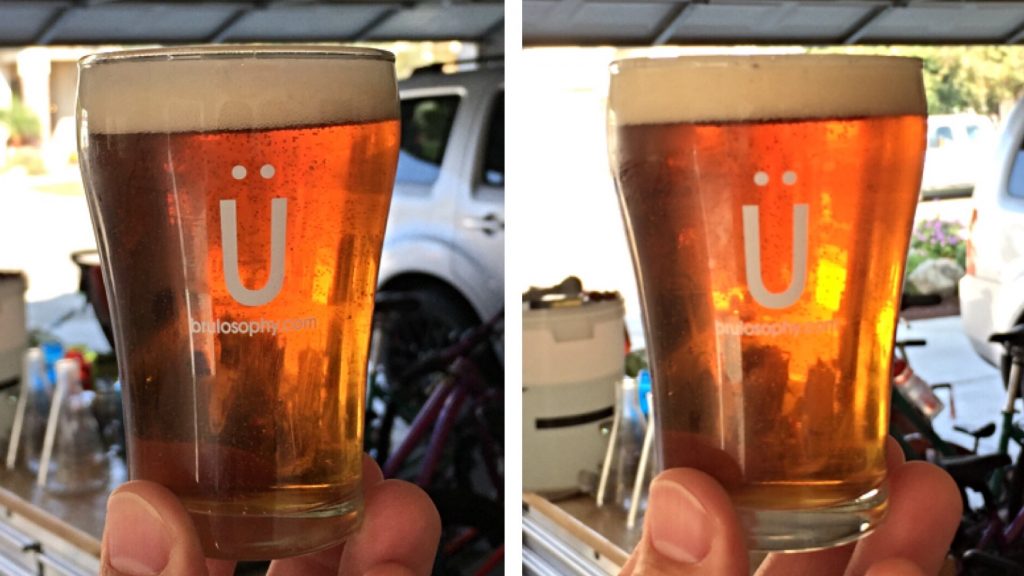
| RESULTS |
A total of 22 people of varying levels of experience participated in this xBmt. Each taster was served 1 sample of the beer made with Saflager W-34/70 and 2 samples of the beer made with Saflager S-189 in different colored opaque cups then asked to select the unique sample. In order to reach statistical significance with this number of participants, 12 (p<0.05) would have had to accurately select the odd-beer-out, though only 9 (p=0.29) chose the correct sample, suggesting participants in this xBmt were unable to reliably distinguish a Vienna Lager fermented with Saflager W-34/70 from one fermented with Saflager S-189.
My Impressions: I was pretty excited to try what was to me a new yeast strain, Saflager S-189, especially since I enjoy W-34/70 so much and was stoked to try another dry yeast option. Given my intimate knowledge of the variable, I decided that rather than jumping right into semi-blind triangle tests, I would sample the beers one after the other, take notes on what I perceived, then compare them for similarities and differences. Surprisingly, even with my insanely biased palate, my tasting notes were far more similar than they were different. Both beers had a clean fermentation profile with no phenols or esters, the Vienna Malt shone through with a subtle toasty-nut from the small dose of Pale Chocolate, and bitterness was perceptibly equal, as was overall noble hop character. The only area I felt there might be a difference was in mouthfeel, noting the beer fermented with S-189 as being “slightly more viscous” than the W-34/70 version. Would this be enough for me to be able to distinguish them in triangle tests? Nope. Out of 7 attempts, my performance was no better than chance– I was correct twice. Even with my hyper-focus on mouthfeel and drinking water between each sample, it became clear to me any differences between the beers were too small for me to be able to tell them apart.
| DISCUSSION |
The fact participants in this xBmt were unable to reliably distinguish a Vienna Lager fermented with Saflager W-34/70 from one fermented with Saflager S-189 doesn’t strike me as all that Earth shattering. After all, both are lager strains known for imparting a very restrained yeast character, allowing the other ingredients in a beer to shine through. And that’s pretty much what happened, based on both the blind data and my experience.
What I do find interesting is the fact two institutions known for their quality yeast programs, Weihenstephaner and Hürlimann, were fermenting with strains that presumably produced finished beers of such similarity. There’s no doubt in my mind W-34/70 is microbiologically different than S-189, in fact Fermentis’ specification sheets indicate as much, and yet both produced beers of equal quality. If only I had a time machine…
In the end, my love of W-34/70 persists and I’m glad to be able to add another easy to use dry yeast option to my repertoire. While the beers in this xBmt weren’t distinguishable by a significant portion of tasters, I’m curious if that would have been the case in beers of different styles or higher OG. Moreover, I’ve found W-34/70 produces a rather fine lager even when fermented at ale temperatures and wonder if I’d achieve the same results with S-189. I certainly plan to try it out for myself and look forward to learning more about this new-ish yeast strain.
If you have experience with either Saflager W-34/70 or Saflager S-189, we’d love to you hear about it in the comments section below!
Support Brülosophy In Style!
All designs are available in various colors and sizes on Amazon!
Follow Brülosophy on:
FACEBOOK | TWITTER | INSTAGRAM
If you enjoy this stuff and feel compelled to support Brulosophy.com, please check out the Support Us page for details on how you can very easily do so. Thanks!

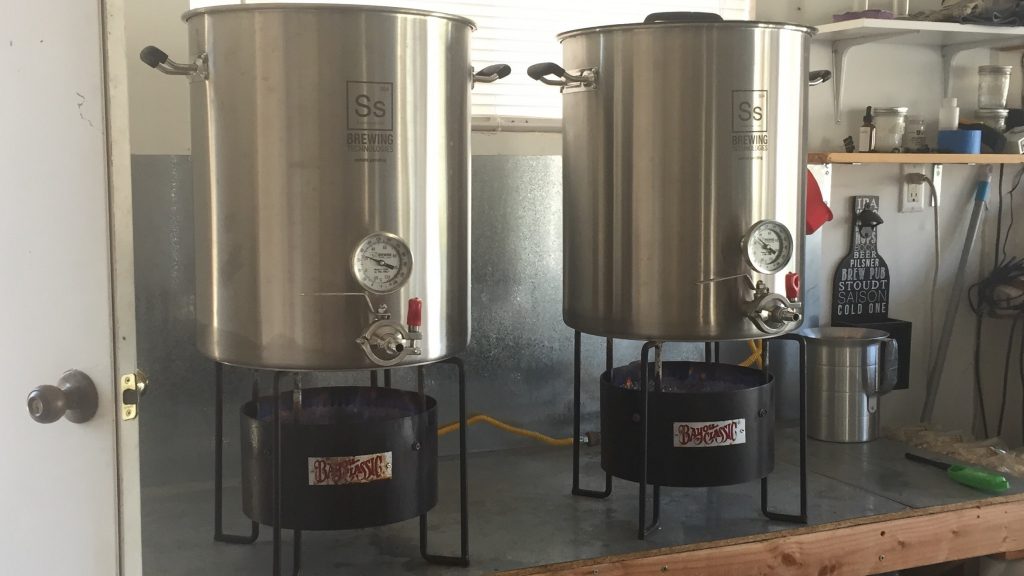
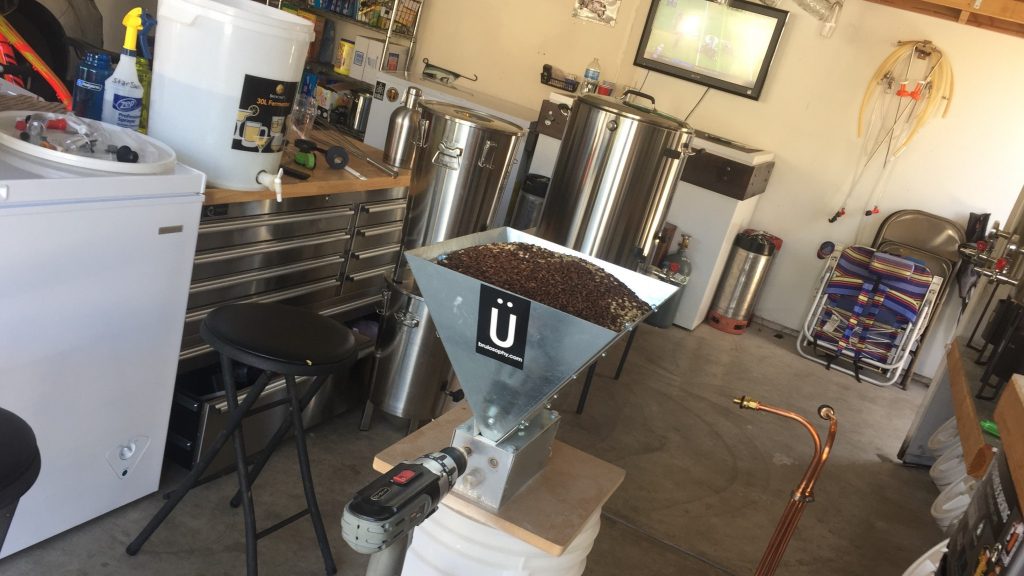










27 thoughts on “exBEERiment | Yeast Comparison: Saflager W-34/70 vs. Saflager S-189 In A Vienna Lager”
You’ve never done a lager yeast comparison where tasters could reliably detect a difference, have you? Interesting stuff.
As a diehard ale head I probably won’t be reaching for either of these yeasts soon but it is good to know that should I choose to brew a lager I can take my pick.
I heard on the Experimental Brew podcast recently that the S189 yeast is alcohol tolerant up to 14% so I wonder if it might be a good choice for restarting stuck fermentations in high gravity beers.
Ok, so you say in the ingredients you are using Gambrinus pale malt, 2 row but when you review you talk about the flavor of the Vienna malt coming through, so my question is doesn’t Gambrinus also make a Vienna malt which would be a different product then the pale malt? I am really just trying to understand the differences between the malt types.
That was a mistake, the recipe has been changed.
I would like to see a W-34/70 v S-23 exbeeriment. I have done split batches with them and think I could tell a significant difference, but I didn’t do a blind triangle so who knows.
I can neither confirm nor deny that you will be seeing that very xBmt sooner than later 🙂
Great news. How about testing it two ways. Using the lagering method above and fermenting at 66 degrees?
Good to know both can be used effectively. I wonder if other lager strains can be used in the 60s and give as good of results as W-34/70. I have a feeling we’ll find out in the next several months!
I ventured into lager brewing only after the Exbeeriment posted here regarding 34/70’s ability to produce a good result at ale fermentation temps, as at this point in my brewing I do not have facilities to perform a ‘true’ lager temp fermentation (but do have a stable basement room). Our simple recipe of 92% American Pils, 8% Crystal 15, and Saaz & Willamette hops have produced a very clean, clear, easy drinking beer for our friends who don’t like the “weird stuff”. We affectionately call it ‘Lawnmower Lager’, and everyone with whom we share it comments on its mild but present flavor without the big brewery aftertaste. Keep up the fine work, Brulosophy crew – you folks inform and encourage those of us who have fallen under the spell of the wort!
I’ve done this exact comparison twice! With a German Pilsner and a Helles Bock (repitch of the same yeast). I could not tell them apart either time. I did three gallon batches and actually combined them after the primary for the Helles Bock.
S189 has a good rep in terms of being able to ferment cleanly up to 19C, I’d not heard the same of W34/70
W34/70 can definitely ferment up to 19C
I did a split batch pilsner a year ago, using 100% pilsner malt and three yeasts: w34/70, WLP800 (pilsner urquell) and Danstar Nottingham, a British ale yeast. All fermented mid 50s.
Results were my own perception, non-blind tasting. W34/70 and Nottingham were identical, clean and crisp, poor head retention. WLP800 had a more persistent fluffy white head and slightly more interesting character.
I was amazed by the similarity between w34/70 and Nottingham and thought I must have used the same yeast in error. Am repeating the test in January.
i’ve done w34/70 vs s04. had difficult time distinguishing between the two.
I’d like to see a comparison of S23 and 34/70 or 189, after hearing of Denny’s problems with s-23, about 10 years ago.
Stay tuned 😎
I wonder if there is a perceptible difference at the other end of the lager fermentation spectrum – say at 45-48F….
doesnt show up here: https://brulosophy.com/exbeeriments/
how about a low oxigen (LoDO) experiment? appareantly all our beer is already oxidised seconds after mash-in.
I (used to) use those yeasts a lot. In my experience, the S-189 works MUCH better for maltier beers, such as bocks and oktoberfests, while the 34/70 is better for a pils. A Vienna lager is kind of between the two.
I’ve used S-189 five times now. Can’t really tell a difference in my lagers. Tie breaker for me is the lower temps for 189. My basement stays around 55 for months.
Can you go into detail about your rehydration process and temps. I have issues with yeast shock after rehydration at 70f then pitching into 50 degree wort
I rarely use dry yeast these days, and when I do, I don’t rehydrate. But when I did, my process involved pulling the yeast out of the fridge when I started brewing to let it warm up then pitching it into maybe 5 oz of 90F water and letting it sit for 15 minutes before pitching into the wort.
Has anyone tried to use s-189 @ ale temps? I’ve had great success with other lager strains at 66-68 F. Just happened to stumble upon a pack of 189 and was curious if it reaped the same success rates as other liquid strains.
Yep, it works pretty well at higher temps. Might not win awards but still makes a tasty lager.
Hi! I am in Toronto Canada, and often use Festa Brews, which is a big old box of wort, and all you do is add yeast. The lagers come with a packet of s23, which is what brought me to Brulosophy. I started looking into fermenting lager beer at ale temperatures.
I’ve played around with fermenting under pressure and swapping out the s23 with 34/70 and s189, and have had excellent results with all three yeasts at fermentation temps up to 71F.
I see you posted a year ago; how did your beers turn out?
Cheers
Why did you give up on dry yeast?